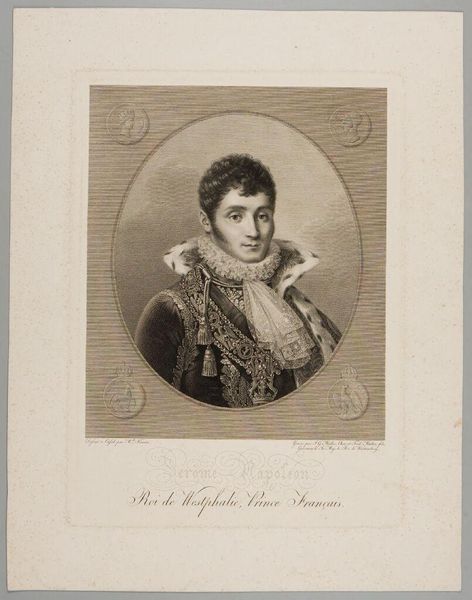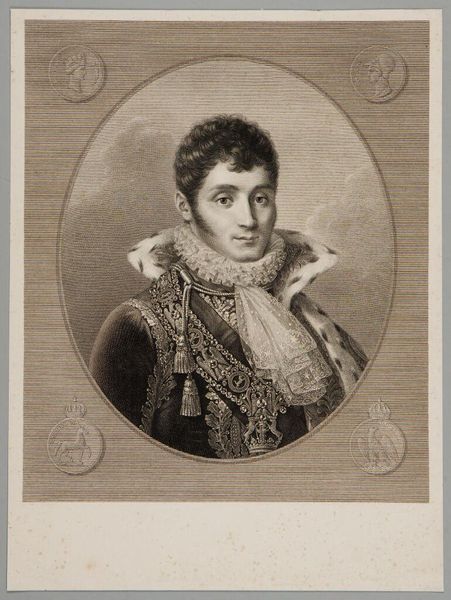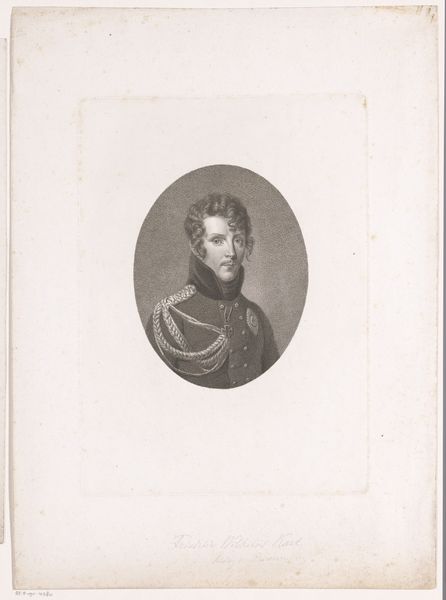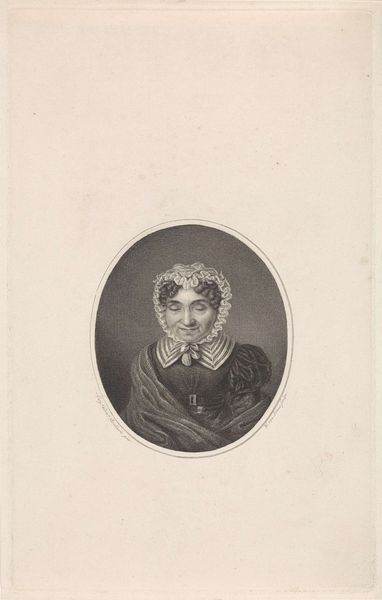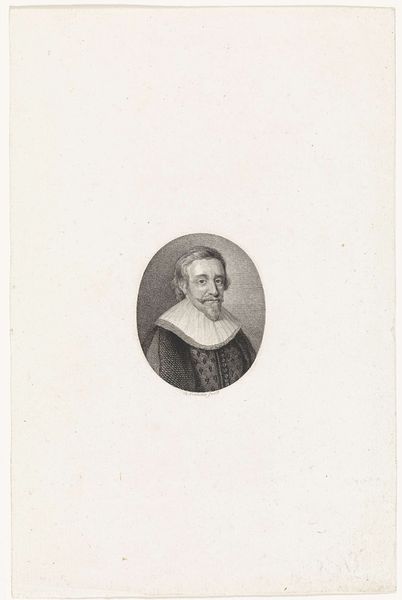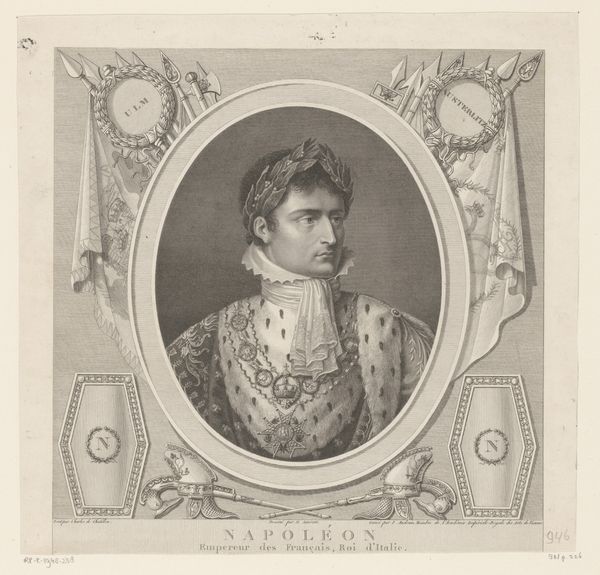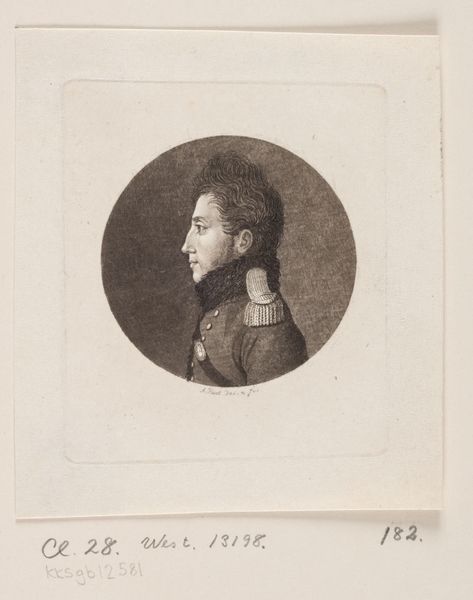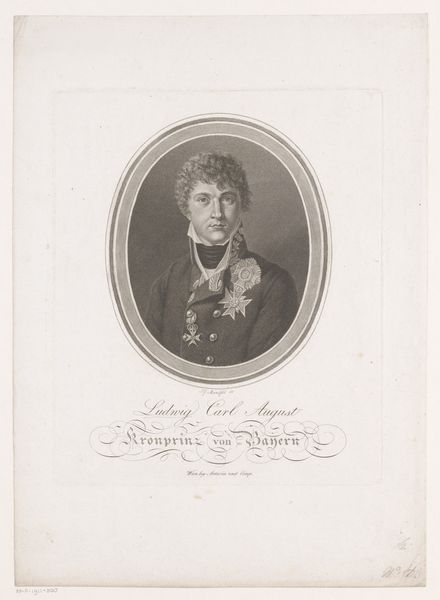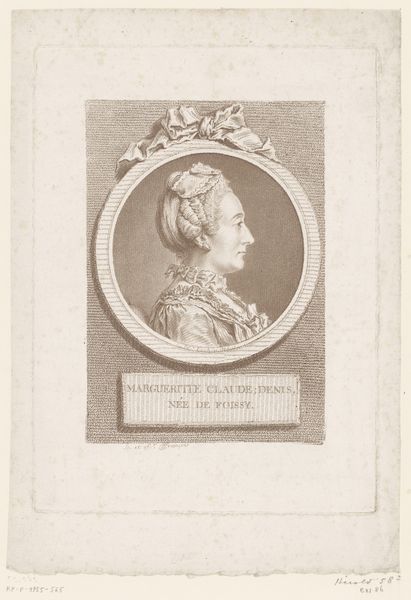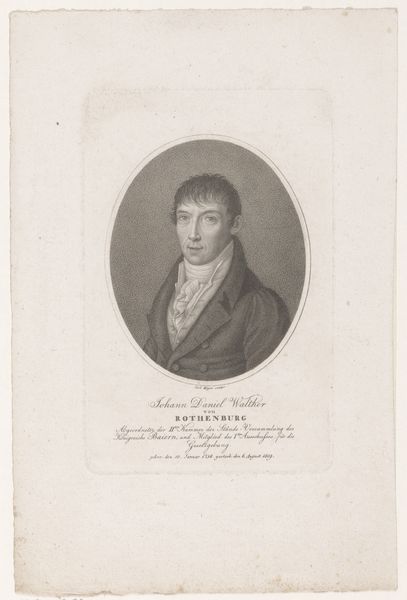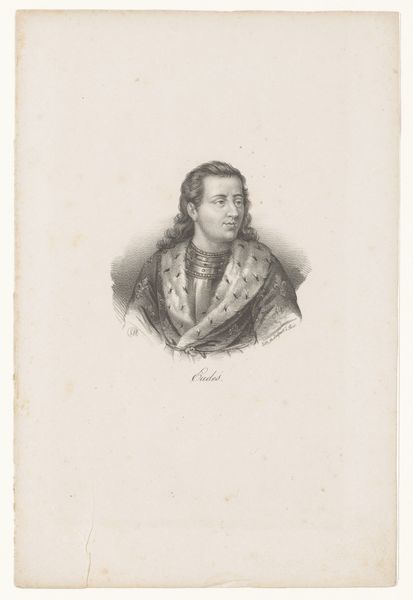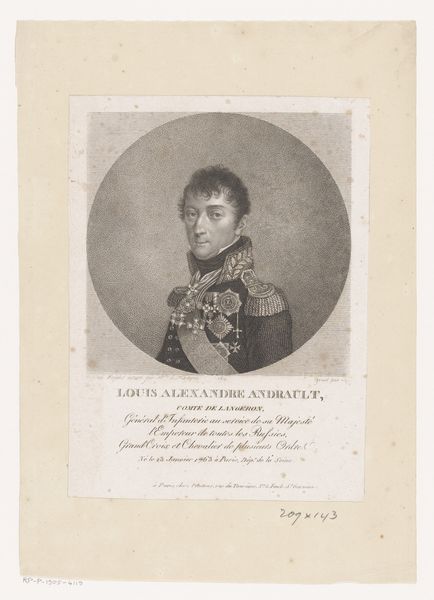
print, etching, engraving
#
portrait
#
neoclacissism
# print
#
etching
#
history-painting
#
engraving
Dimensions: height 398 mm, width 290 mm
Copyright: Rijks Museum: Open Domain
Editor: This is a print, an engraving actually, made by Johann Gotthard Müller between 1807 and 1825, titled "Portret van Jérôme Bonaparte, koning van Westfalen." It’s a regal portrait, quite ornate, but also feels somewhat…stiff. How do you interpret this work? Curator: This portrait provides us with a lens to examine power, representation, and the Napoleonic era. Jérôme Bonaparte, installed as King of Westphalia by his brother Napoleon, was essentially a figurehead in a French-controlled territory. Editor: So the “stiffness” I felt is related to the political climate? Curator: Precisely. The portrait is an exercise in constructing legitimacy. Note the Neoclassical style, meant to evoke the grandeur of antiquity and justify his rule. The symbols surrounding him – the various insignias – reinforce this constructed image of royalty, a manufactured heritage. Consider how such visual propaganda was deployed to legitimize figures like Bonaparte, often masking complex realities of colonial power and socio-economic disparities. Editor: It's interesting to consider this portrait as a form of propaganda, intended to legitimize power through constructed imagery. Does the artist's biography reflect any sympathy or critique of Bonaparte's role? Curator: Müller, though a skilled engraver, operated within a system of patronage. Investigating further into his personal beliefs would offer nuanced perspectives. It forces us to question the role of the artist as a potential complicit actor in reinforcing dominant power structures. Are they neutral recorders or active participants? How does their work uphold or challenge those power dynamics? Editor: It definitely makes you rethink the context. I never considered the artist’s positionality in constructing these images. Curator: Exactly! And how those choices perpetuate narratives that can impact social hierarchies and collective understanding of history. The portrait becomes not just a depiction, but an artifact of power. Editor: I will definitely be thinking about images of power critically now.
Comments
No comments
Be the first to comment and join the conversation on the ultimate creative platform.
